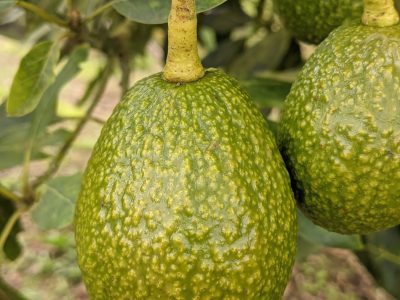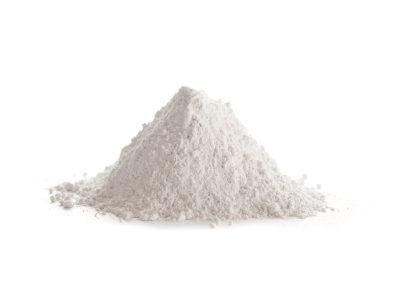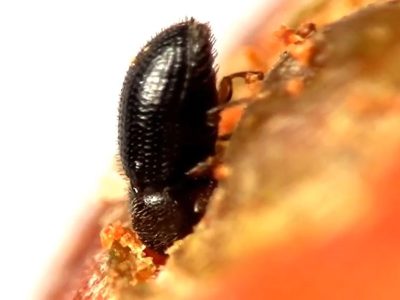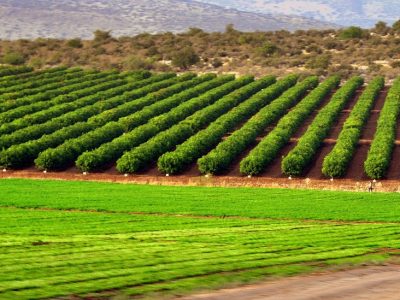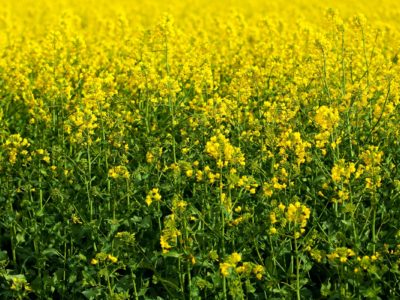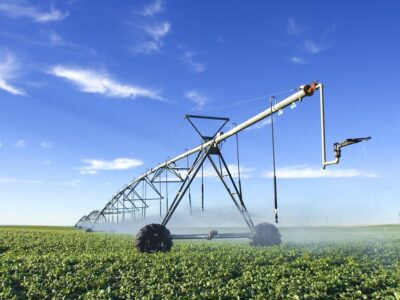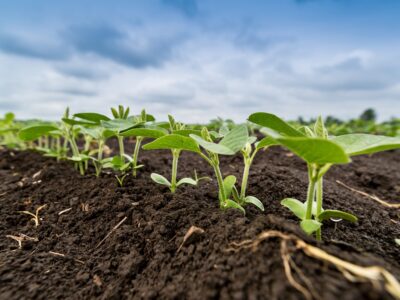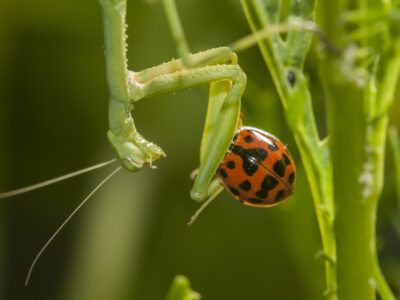Growing avocado
Background Avocado (scientific name: Persea americana), It belongs to the family Lauraceae and originated from tropical America, particularly Mexico and Central America.... Read More
Using gypsum as a soil amendment
What is gypsum? Gypsum is a naturally occurring di-hydrated calcium sulfate mineral, chemically represented as CaSO4.2H2O. This mineral dissolves in water and... Read More
The coffee berry borer – a devastating pest
Coffee berry borer (CBB), scientifically referred to as Hypothenemus hampei (Ferrari), is the most devastating pest of coffee across the world. It... Read More
The beet armyworm (Spodoptera exigua)
The beet armyworm (Spodoptera exigua) is a a pest moth that was native to Southeast Asia before spreading to other regions of... Read More
Ozone water treatment
Ozone as a disinfectant in water treatment Ozone is a gas molecule composed of three oxygen atoms (O3). It was first discovered... Read More
Irrigation with wastewater
What is wastewater? Wastewater is water that has been used domestically or in the industry. Wastewater contains many pollutants, biological and chemical... Read More
How to choose the best cover crop
Cover crops play a significant role in the farmer’s field. Typically, cover crops are planted between harvests or for winter protection. They... Read More
Center pivot irrigation systems
Center pivot irrigation is a mechanized sprinkler system that irrigates crops in a circular pattern. In this type of systems, a long... Read More
Nitrogen fixation by legumes
Legume crops provide an important source of protein, carbohydrates and oils for humans and animals. One of their unique features is their... Read More
8 Beneficial Insects that Will Actually Help Your Plants
Although gardening is remarkably fun and healthy, it can also get a bit frustrating at times, especially when pests decide to make... Read More



